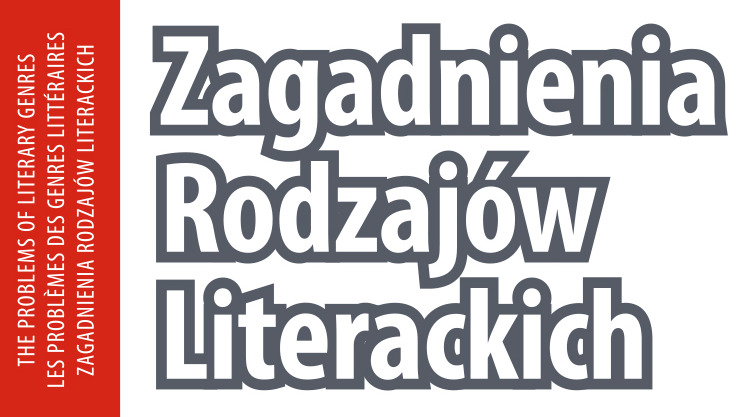Pierwszy polski przekład opowiadania "Gibbet Hill" Brama Stokera
DOI:
https://doi.org/10.26485/ZRL/2025/68.1/4Słowa kluczowe:
Bram Stoker; Gibbet Hill; gothic literature; Victorian fiction; vampire studies; colonial discourseAbstrakt
The text presents the first Polish translation of Bram Stoker’s short story Gibbet Hill, originally published in the 1890 Christmas supplement of Dublin’s “Daily Express” and rediscovered in 2024 by researcher Brian Cleary. The story, set in a real geographical location in Warwickshire, England, had been overlooked for over 130 years despite being part of Stoker’s published work. Gibbet Hill predates Dracula by seven years and shares several recurring motifs with Stoker’s later fiction, including serpentine imagery, colonial anxieties, and disturbing character archetypes. The narrative features an enigmatic and unsettling atmosphere, with elements that evoke Stoker’s fascination with the macabre. Notable themes include a young boy torturing small creatures, reminiscent of Renfield in Dracula, as well as references to British colonialism in India, likely influenced by Stoker’s familial connections to the Indian Civil Service. These aspects position Gibbet Hill within the broader gothic and imperial concerns of late Victorian literature. The Polish translation is accompanied by annotations linking the story to Stoker’s wider literary context. The original text is now available in the public domain, and a special edition was released in 2024 to support research on acquired deafness in newborns.
Liczba pobrań
Bibliografia
The Lost Journal of Bram Stoker, red. E. Miller, D. Stoker, HellBound Books, Austin TX 2021, s. 66.
S.D. Arata, The Occidental Tourist: „Dracula” and the Anxiety of Reverse Colonization, „Victorian Studies” 1990, t. 33, nr 4, s. 621–645.
B. Stoker, Gibbet Hill, https://en.wikisource.org/wiki/Gibbet_Hill [dostęp: 6.03.2025].
B. Stoker, Gibbet Hill, Rotunda Foundation, Dublin 2024.
Pobrania
Opublikowane
Jak cytować
Numer
Dział
Licencja
Prawa autorskie (c) 2025 Łódzkie Towarzystwo Naukowe i autorzy

Utwór dostępny jest na licencji Creative Commons Uznanie autorstwa 4.0 Międzynarodowe.







